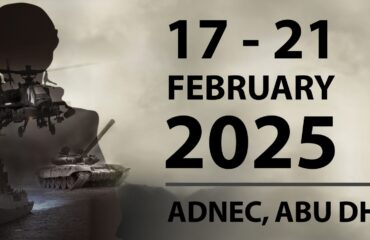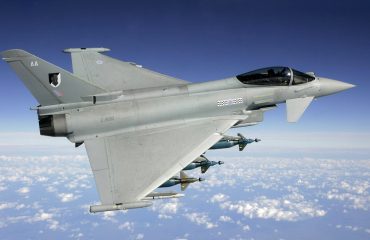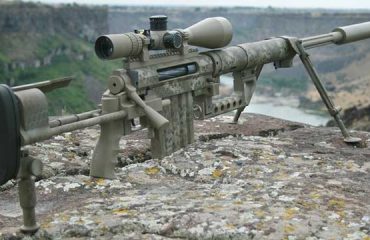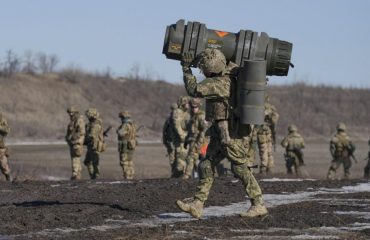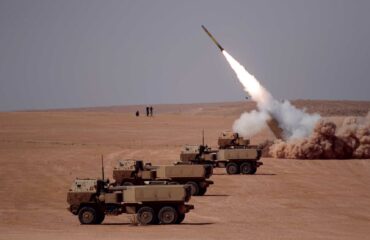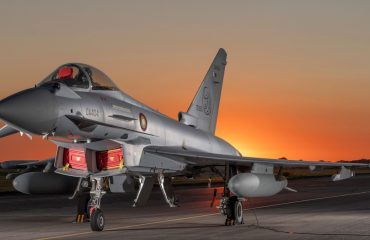Former commander of the Russian Northern Fleet: the Kursk sank after a collision with a US submarine

The shocking maritime tragedy of the sinking of the Russian nuclear-powered submarine Kursk two decades ago shocked Russia and all of humanity.
The Kursk sank on 12 August 2000 at a depth of 108 metres, claiming the lives of all 118 crew members and triggering the first major international crisis of Vladimir Putin‘s presidency.
The official investigation ordered by the Russian government at the time concluded two years later that the accident was the result of a torpedo explosion, which then caused the explosion of munitions on board.
However, in an interview with RIA Novosti, broadcast on Monday, former Northern Fleet commander Vyacheslav Popov developed a theory of how the incident could have occurred.
According to him, a submarine belonging to a NATO force came too close to the Russian submarine, so close that it hit its bow and damaged the torpedo tube, resulting in the explosion.
The vessel then flooded, sending the submarine into the depths of the sea.
“The submarine that collided with the Kursk was following it, apparently, it came too close without keeping the safety distances and a sharp manoeuvre of the Kursk led to the collision. “
Popov claimed that he knew the name of the vessel which was operating under US command “with 90% probability“. However, he admitted that he did not have sufficient evidence available to make the case public at this time.
According to the former navy chief, who served until 2001, the NATO vessel was in the area where it collided with the Kursk. He also noted that at the time of the impact, SOS signals were sent by special equipment that the Russian vessels were not equipped with, implying that there must have been another submarine.
Victor Kravchenko, former chief of staff of the Russian Navy, agreed with Popov‘s theory, commenting that he “also tended to believe this version” of the Kursk crash, a scenario based on concrete evidence.
Three NATO vessels, the British “Splendid” and the US submarines “Toledo” and “Memphis“, were allegedly close to the Russian military exercises in the Barents Sea at the time. But neither Washington nor London provided documents on the location of their vessels when Moscow requested the information.
However, the Russian government maintains that the conclusion of the official investigation is the most likely, with many analysts pointing out that the period was a difficult time for the Russian military. A combination of underfunding, aging Soviet hardware and low morale could all have contributed to the incident.
